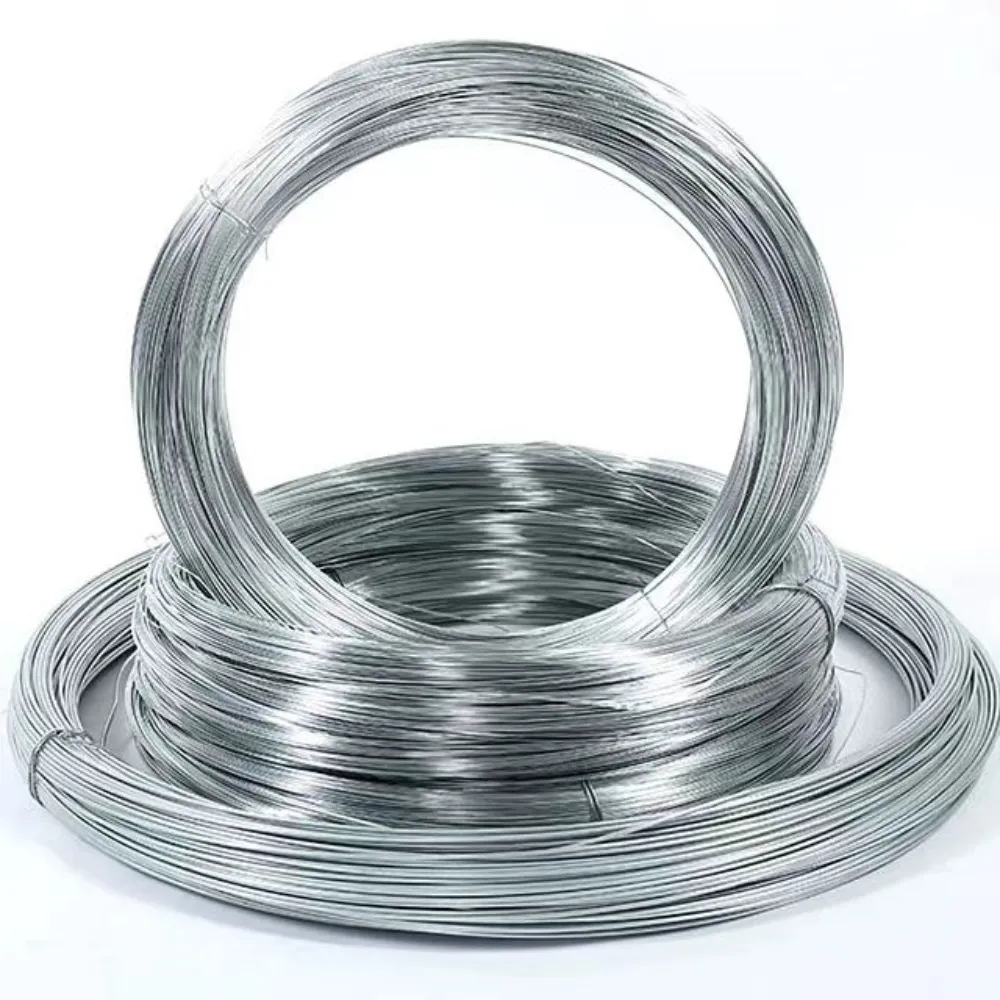How to Properly Tie Barbed Wire to a Post
Tying barbed wire to posts is a skill that is essential for anyone involved in fencing, whether it's for agricultural purposes, property boundaries, or livestock management. Properly securing barbed wire not only ensures the integrity of the fence but also helps to maintain safety for both animals and people. In this article, we will explore the tools needed, the steps involved, and some best practices for tying barbed wire to posts effectively.
Tools and Materials Needed
Before beginning the process, you will need some essential tools and materials. First, you will need barbed wire, which typically comes in rolls. You’ll also need sturdy fence posts, which can be wooden or metal, depending on your preference and the type of fencing you’re building. Additional tools include
1. Wire Cutters To cut the barbed wire to the required length. 2. Pliers For handling the wire and ensuring it's tightly secured. 3. Gloves To protect your hands from sharp barbs on the wire. 4. Wire Tensioner (optional) This tool can help keep tension in the wire for a taut and secure fence.
Step-by-Step Guide
1. Prepare the Posts
Before tying the barbed wire to the posts, ensure that the posts are upright and securely in place. Depending on the type of fence, posts should be spaced adequately to give the wire the necessary support. Once the posts are ready, it's time to proceed with tying the wire.
2. Measure and Cut the Wire
Measure the length of wire needed by deciding how high you want it above the ground. For livestock fencing, a height of four to five feet is common. Cut a length of barbed wire that extends about five to six inches beyond each post where you will tie it.
3. Start Tying the Wire
tying barbed wire to post

Begin by placing one end of the wire on the post, wrapping it around the post to create a secure starting point. With your pliers, twist the wire around itself to ensure it is tightly fastened. Be cautious of the sharp barbs, and wear gloves to avoid injury.
4. Create Tension
Once the wire is secured to the first post, stretch it out towards the next post. Tension is crucial for a strong fence. If you have a wire tensioner, use it to pull the wire taut. This step helps prevent sagging and ensures the fence will withstand pressures from wind or animals.
5. Attach to the Next Post
Once the wire is taut, wrap the free end around the next post and repeat the securing process. Again, make multiple tight twists to ensure that the wire does not come loose over time.
6. Repeat the Process
Continue this process, moving from post to post until the barbed wire is fully secured across the intended area. If using multiple strands of wire, be sure to space them evenly based on the type of livestock or the purpose of the fence.
Best Practices
- Always wear protective gloves when handling barbed wire to avoid cuts and scratches. - Regularly check the tension and condition of your barbed wire fence, replacing any worn sections promptly. - If fencing large areas, consider using insulators for electric fencing applications.
Tying barbed wire to posts might seem daunting at first, but with the right tools and techniques, it can be a manageable task. Properly secured fencing is essential for livestock safety and property security, making this a valuable skill for any landowner. With a little practice, you'll find anchoring barbed wire becomes second nature, and you’ll have a sturdy fence that will stand the test of time.
-
Space-Saving Chain Fence Hacks Vertical Gardening with Cyclone MeshNewsJul.16,2025
-
Innovations in Iron Nail Wire Production for Modern ConstructionNewsJul.16,2025
-
Creative Uses of Wire Netting Fence in Modern Landscape DesignNewsJul.16,2025
-
Barbed Wire Fence Innovations in Anti-Climb TechnologyNewsJul.16,2025
-
Architectural Uses of Umbrella Nails for Aesthetic Roof DesignsNewsJul.16,2025
-
Architectural Uses of Razor Barbed Wire in Secure Urban DesignNewsJul.16,2025




